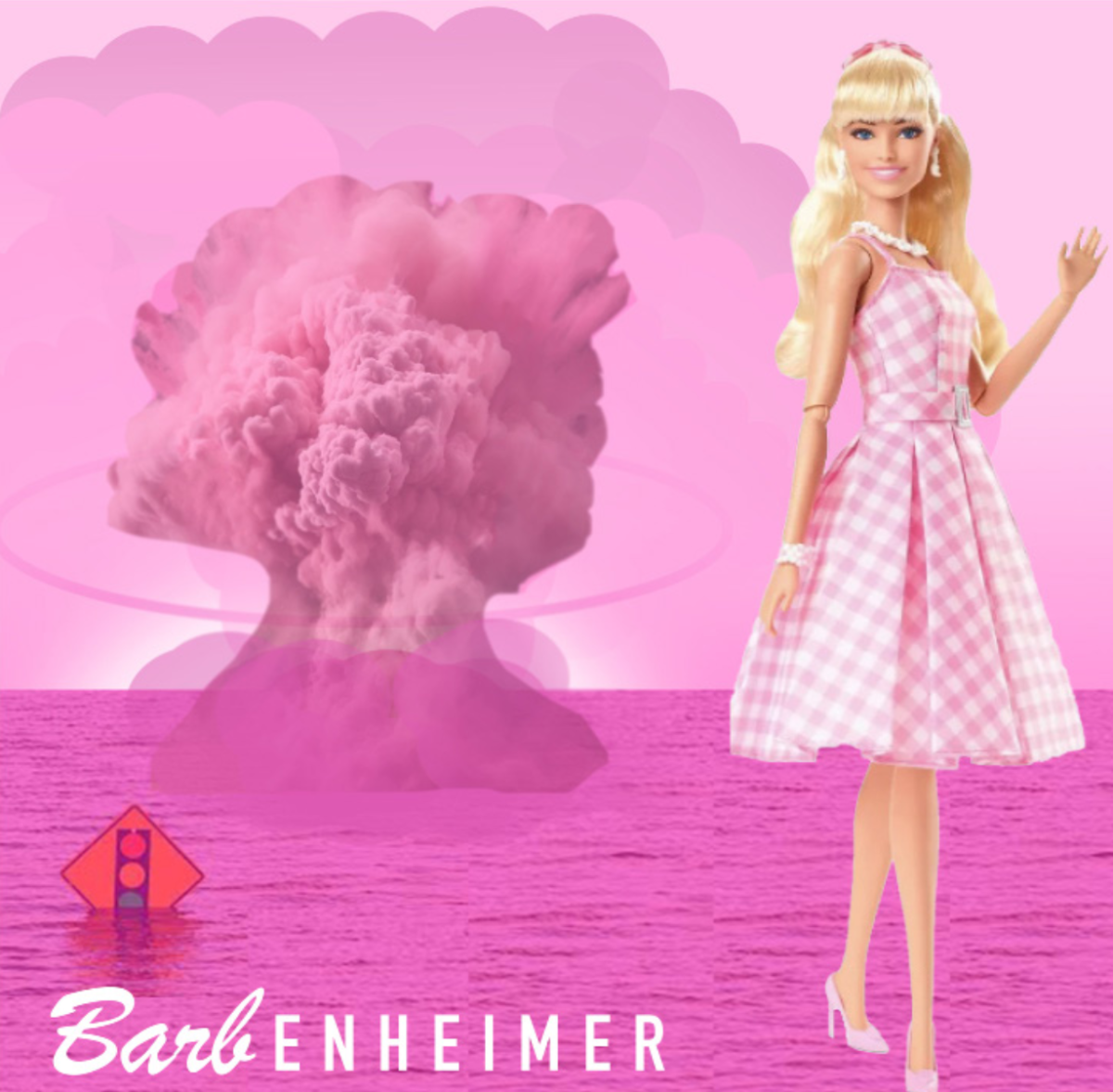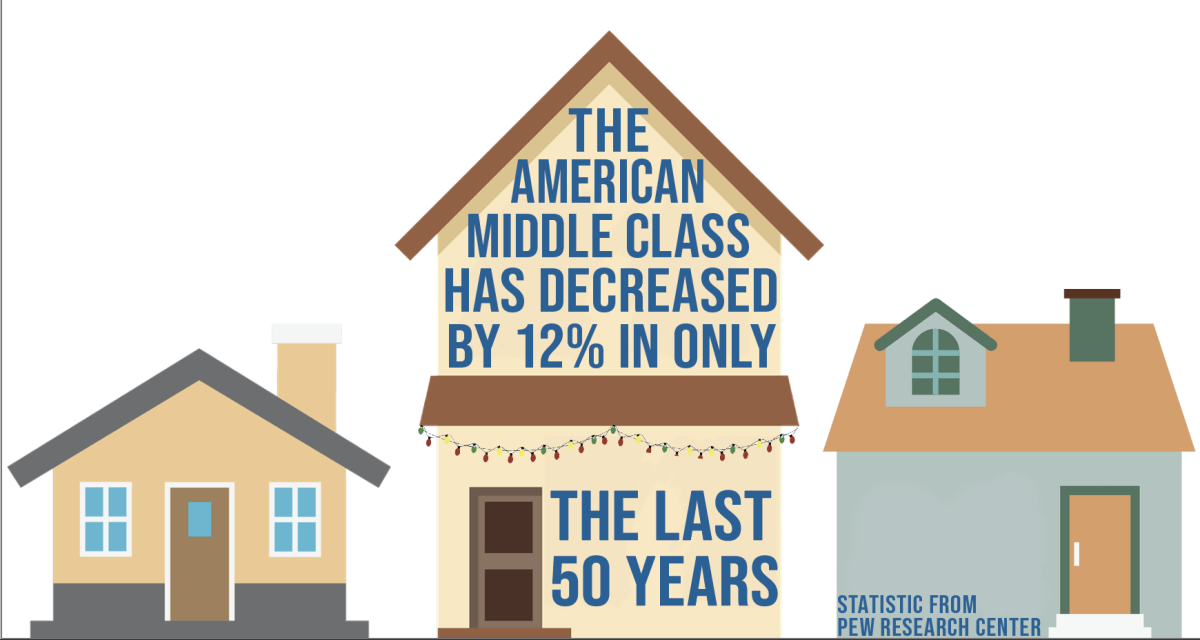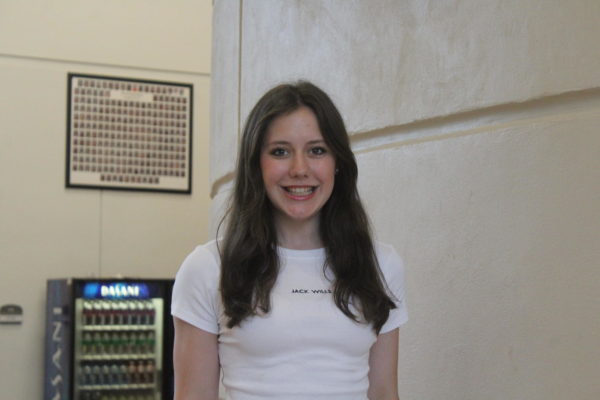Barbie:
Kendall Kipping
The new movie, Barbie, has made a big, pink splash in theaters all across the globe. The movie, produced by Greta Gerwig, had a budget of $100,000,000 but has made an astounding total of $1,042,690,060 globally. Barbie was a highly anticipated, fun, emotional movie that pulled at the heartstrings of all those who have had the opportunity to see it in theaters.
The movie, starring Margot Robbie, follows the emotional, heartwarming story of a stereotypical, blonde, blue-eyed Barbie as she has to navigate her way from Barbie Land to the real world so that she can find the girl who is playing with her. Stereotypical Barbie had been ”malfunctioning” due to being played with by someone sad, and Barbie needed to find her to restore the perfection in Barbie’s life that defines Barbie as an idea. As we watch Barbie go through this movie, we see themes Throughout the movie, we see themes that truly can touch the hearts of all. Themes such as individuality, accepting your faults, and learning not to take life for granted.
“A theme in the movie I noticed was that your actions affect others,” OHS senior Margaret Brown said. “If they played with a doll and then became upset, sad, or angry it would affect the doll in Barbie Land. My favorite theme was that you can’t go through things alone, and it’s important to accept everybody for who they are.”
Many female viewers of Barbie felt pure nostalgia when they got to see the movie on the big screen. Every little girl had Barbies as a child, and always dreamed of having lots of Barbies and kens with a pretty, pink dreamhouse to match. She was everyone’s favorite toy, and every girl wanted to be Barbie when they grew up. Barbie is an icon, a role model, and showed girls from a young age that they can be whatever they want to be.
“I liked Barbie because I grew up watching all the Barbie movies and I just feel like I have a deeper connection with Barbie being her own person, not needing anyone else, and being able to be anything she wants,” OHS junior Ever Rodgers said.
Of course, Barbie isn’t only known for its themes and nostalgia, the production quality set the bar for all future Mattel Films movies. The crew for Barbie perfectly recreated every detail of the iconic Barbie dreamhouses, down to even the smallest details.
“My favorite element of Barbie was 100% the visuals,”college student Hardy Greene said. “The movie was filmed in a very aesthetically appealing form and fashion, through insane sets and bright colors.”
The creation of the set, also known as Barbie Land, actually caused a worldwide shortage of a very specific shade of fuschia pink used all over the set. The entire set was a perfect creation of everything girls who played with Barbies as kids imagined it would be. The sparkly outfits, fuschia pink houses, and even obscure elements such as the plastic used to mimic water in the pools, were all perfectly recreated on the Barbie set, helping immerse the audience in the movie.
“It had some deep undertones, but overall the movie was very lighthearted, which is what made it so easy to watch,” Brown said. “I think it was interesting the spin they took on it because Barbie is such an iconic toy that basically every little girl played with as a child, and the way they took the movie made it really fun to watch for the audience.”
Oppenheimer:
Caroline Berry
While both Barbie and Oppenheimer have proved themselves massive successes, it can be determined that Oppenheimer was the overall better film.
This can first be seen when comparing the pace and level of plot development in the two movies. Barbie begins with a somewhat chronological opening that discusses the history of the Barbie franchise and how society has interacted with them thus far. As the plot continues, we zero in on Stereotypical Barbie’s life in Barbieland and the journey of self-discovery that she goes on. Barbie ends on an irkingly anticlimatic note, with little conflict-resolution for the main plot points of the film. While of course the primary setting of this movie takes place in the fictional Barbieland, there are many holes left up to the viewer’s determination in how the real world connects with Barbieland and how these characters travel between the two. This choice was likely made to simulate how children play with Barbies in reality, often with illogical forms of movement.
Conversely, Oppenheimer takes on a much more intricate style of plotline. The film is a combination of real-time events through the eyes of a bystander, and flashbacks of past events through Oppenheimer’s eyes. One of the most thought-provoking moments in this film is Oppenheimer’s constant internal conflict regarding his decision to work on and successfully create the atomic bomb, and the regret he felt shortly thereafter. While the complexity of this back and forth timeline may not suit everyone’s personal taste, it can not be dined that it added a new layer of depth to the film. OHS senior Mae Maxwell liked that parts of the film were from a first person perspective.
“It was like you were right there with him,” Maxwell said. “Everything he was feeling he made you feel too.”
While a great deal of this effect was due to the structure of plotline and cinematography, Cillian Murphy’s performance as Robert Oppenheimer also played a large role. Having previously been in other large Hollywood films such as Dunkirk, A Quiet Place II, and Inception.
Murphy’s acting was nothing short of truly exceptional. Oppenheimer director, Christopher Nolan, called Murphy and his co-star, Robert Downey Jr., two of the greatest actors of all time.
These A-list Hollywood stars did more than just communicate plotlines through their characters, but addressed thought-provoking philosophical ideas as well. Exploring the moral significance of mortality was a key theme in both of these films.
In the case of Barbie, Stereotypical Barbie is faced with the choice of living forever as a toy in Barbieland or becoming a human. She had previously believed that she had the perfect life in Barbieland and that change was a negative thing. At the point in the film the song “What Was I Made For?” by Billie Eilish plays in the background. Stereotypical Barbie contemplates her life’s purpose as both a Barbie and a human.
“I want to do the imagining, not be the idea,” Barbie said.
Despite her final decision to become human, she never really comes to a conclusion on what her greater purpose is in either world, letting down her fans.
Contrarily, morality is explored in a different sense in Oppenheimer. While the movie zeros in on the effects of the creation of the atomic bomb on Robert Oppenheimer, it never addresses the thousands of lives affected of those that lived in Hiroshima and Nagasaki. While Oppenheimer grapples with being responsible for the deaths of thousands, he finds his own life to be less meaningful due to the decision that he made. The intersections of science and ethics in Oppenheimer ultimately makes it the better film.








